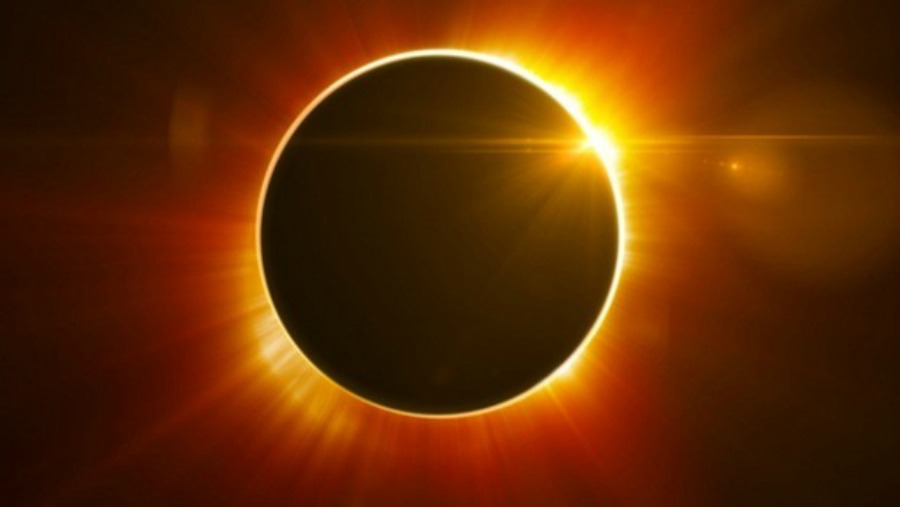
On August 21—for the first time in nearly 100 years—millions of people across the country will witness an extraordinary cosmic spectacle during the highly anticipated Great American Eclipse.
A solar eclipse is a special and rare astronomical occurrence that takes place when a New Moon passes between the sun and the earth. As the moon creeps by slowly, it blocks out the sun’s light and casts a giant shadow on certain parts of the Earth. In these mapped locations, day suddenly turns to night.
This brief immersion of total darkness, known as eclipse totality, will move over 14 states from the west to east coast. In areas throughout these states, the sun will be completely covered by the moon.
But what does that mean for us ATLiens? For those land locked to city limits and adjusting to new classes, here are some things to keep in mind:
- A partial eclipse will be seen from Atlanta. During the eclipse, areas of totality are situated in the path of the umbra, or the inner part of the shadow. States that are outside of the totality path will experience a partial eclipse.
We will see the moon obscure only a portion of the sun in the city, meaning 97 percent of its surface will be covered. This high magnitude means it will still be exceptionally rad, so don’t forget to take to the tops of downtown parking garages for this unique experience starting at 1:05 p.m. and ending at 4:01 p.m. Maximum solar coverage will take 2:36 p.m.
- Georgia is one of the 14 states of eclipse totality. For people willing to take a short road trip outside of the city, the total solar eclipse will be experienced by a portion of northeastern Georgia.
About two hours outside of Atlanta, the sun will be entirely obscured by the moon and the path of totality will make way for complete darkness throughout the region. The centerline of the eclipse will hit Georgia’s Rabun County and the Georgia State Astronomy Department will be co-sponsoring an eclipse viewing party in the area. The event will feature music, food and solar telescopes. Tickets are $5 online.
- Don’t look into the sun! This out-of-world experience gives no one the superpower to look directly into the sun. It is still very unsafe—eye-damaging, in other words—and should be avoided at all costs.
Fortunately, special eclipse viewing glasses allow people to view the solar phenomenon without burning out their eyeballs.
But be wary. There are currently fake glasses on the market that will indeed result in burnt eyeballs. Make sure to search for NASA-approved eclipse viewing glasses so that you can watch the show safely. The American Astronomical Society (AAS) has revised safety protocol for eclipse viewing, which provides a list of approved manufacturers and vendors.
Being an ATLien during the Great American Eclipse means we are within easy access to a cosmic irregularity. The next total solar eclipse will not take place until 2024, so take advantage of this rare event.
And don’t forget your glasses!
AAS List of Reputable Solar View Brands:
*Based outside of the United States
- American Paper Optics (Eclipser) / EclipseGlasses.com / 3dglassesonline.com
- APM Telescopes (Sunfilter Glasses)*
- Baader Planetarium (AstroSolar Silver/Gold Film)* [see note]
- Celestron (EclipSmart Glasses & Viewers)
- DayStar (Solar Glasses)
- Explore Scientific (Solar Eclipse Sun Catcher Glasses)
- Lunt Solar Systems (SUNsafe SUNglasses) [see their unique kid-size eclipse glasses]
- Meade Instruments (EclipseView Glasses & Viewers)
- Rainbow Symphony (Eclipse Shades)
- Seymour Solar (Helios Glasses)
- Thousand Oaks Optical (Silver-Black Polymer & SolarLite)
- TSE 17 (Solar Filter Foil)*
For downloadable eclipse maps, visit NASA’s Eclipse 2017 website.
